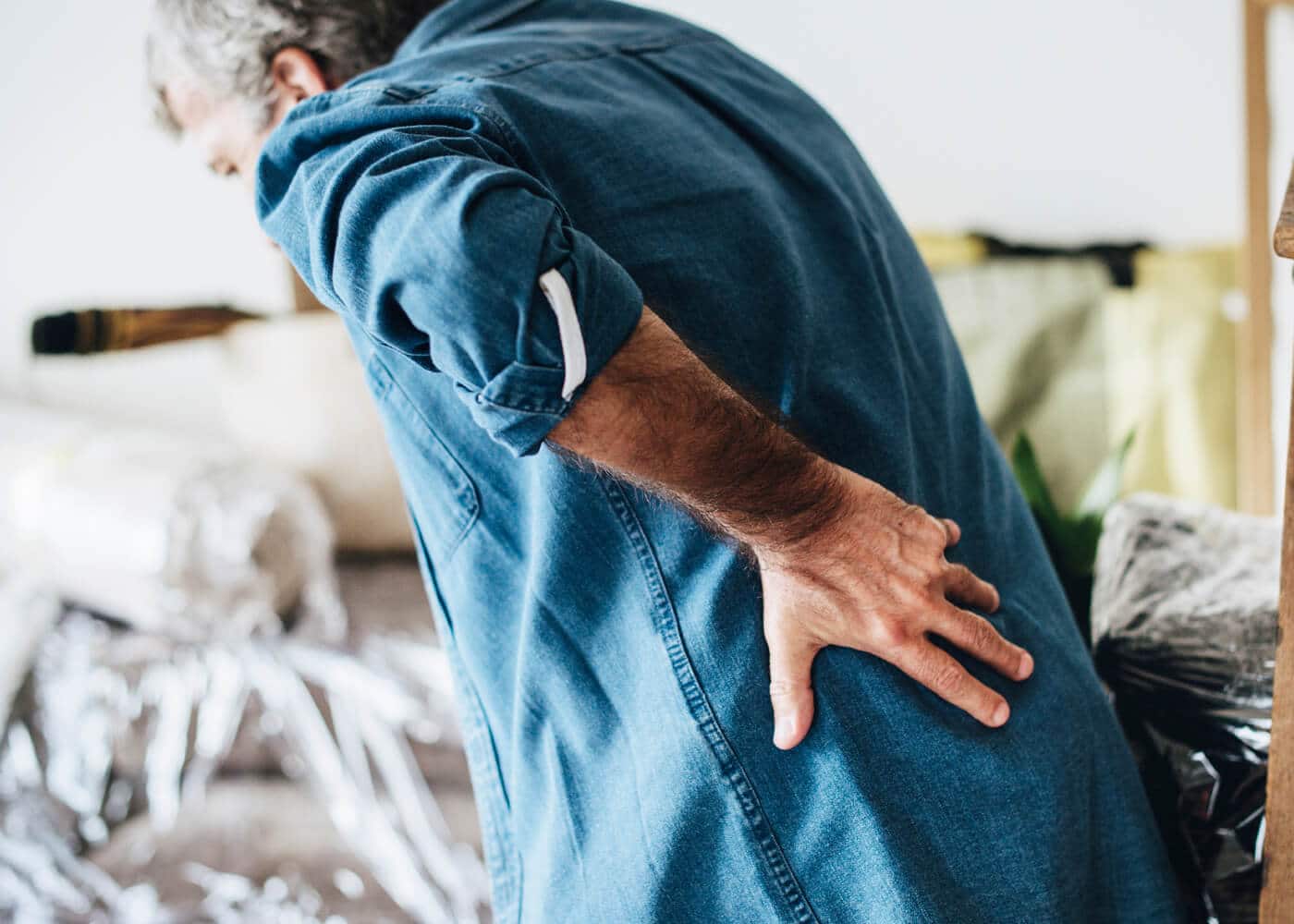
The team of back and body mechanic specialists at the Southeastern Spine Institute know that freedom of mobility is essential to living a pain-free life. Problems arise when your capacity for healthy movement is reduced or limited by pain. These medical doctors specialize in providing non-surgical and surgical treatment options to reduce your pain and keep you from further harm.
Spinal Movements Associated with Twisting Your Back
When you twist your lower back abnormally, it can cause discomfort, serious pain and even injury, especially when you’re out of shape or have poor core strength. Consider the most common twisting you do in a day:
- Exercise on gym equipment
- Walking, jogging, stretching and yoga
- Picking up, moving or carrying heavy items
- Gardening, including picking fruits or vegetables
- Sitting down, kneeling or reaching
- Household chores like vacuuming
- Athletic activities
The small groups of muscles situated closest to your spinal column, called spinalis muscles, are the muscles that allow you to twist, bend and move your body in various positions and in different directions. Injuries occur when you subject these muscles to unusual or unnecessary stress, such as overstretching or doing excessive amounts of heavy weightlifting.
Different Types of Twisting Injuries
The upper section of your spinal column is known as the thoracic spine. This area has a higher density of vertebrae than your lower back and isn’t as easy to injure when twisting your back. But there are certain situations that can cause harm to this part of your back, such as:
- Car accidents or blunt force trauma, which can cause vertebrae to crack or break
- Certain defects present from birth
- Physical or self-inflicted abuse
- Osteoporosis
- Spinal column infections, diseases or cancers
The lower section of your spinal column is known as the lumbar region. This area is the most vulnerable when it comes to injuries from twisting movements. The most commonly occurring injuries include:
- Muscle strains caused by heavy lifting, overextending or excessively twisting your tendons, or a progressive pattern of harmful movements
- Sprains that occur when the ligaments that join two bones together are stretched too far or are severed
- Tears in the discs, which are caused by abrupt, forced or irregular movement
- Sciatica, a common condition caused by herniated or bulging discs that press on the sciatic nerve in your spine
Twisting Injuries Can Cause Painful Symptoms
Sometimes, you know right away when you twisted your back wrong. You either pulled a muscle or jerked unnaturally. Other times, you may not feel the pain from an injury until much later, sometimes up to two weeks later. Common symptoms that tell you when you’ve hurt yourself twisting your back include:
- Your range of motion is greatly reduced or limited.
- You experience stiffness in your back and spinal muscles.
- You’ve lost the ability to sit up for extended periods of time
- You feel moderate-to-severe muscle cramps.
- You have uncontrollable muscle spasms or tremors.
- You’re unable to perform everyday exercises, like running or even walking.
- You can’t stand on your tiptoes or balance on your heels.
Core strengthening exercises that target flexibility tend to decrease your risk of twisting your back. But don’t wait if you believe you’ve been hurt while twisting your back, especially if you’ve recently had a procedure. Your spine doctor in Mt. Pleasant, SC prefers to treat early symptoms than wait until you’re in severe pain. Call the Southeastern Spine Institute today for a virtual or in-person appointment.
Sources:
https://www.aans.org/Patients/Neurosurgical-Conditions-and-Treatments/Spinal-Pain
https://www.mayoclinic.org/diseases-conditions/back-pain/symptoms-causes/syc-20369906
